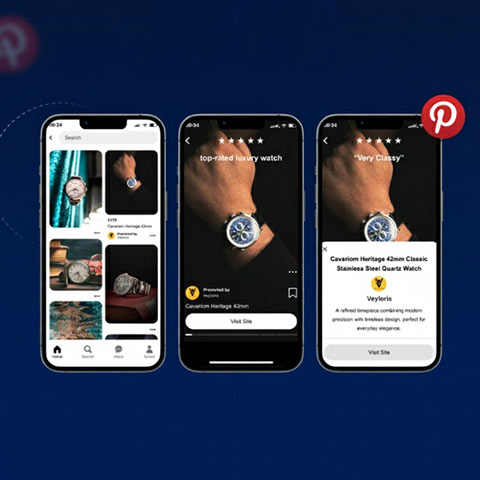Conversion Online – How To Find Out Why Customers Don’t Buy


Savvy online businesses know all there is to know about their customers – at least in a statistical sense. Whether viewed on a daily, weekly or monthly basis, their web analytics package tells the story – from bounce rates to conversion rates through to levels of shopping cart abandonment.
But here’s the paradox. Quantitative statistics of this sort arm you with a huge amount of information to help assess how well or badly the site is performing, but what they don’t tell you is ‘why’ a customer behaved in a certain way.
Barriers to conversion
All websites, even those that are superbly well designed, put up some barriers to conversion – an online form that isn’t intuitive; an undetected software glitch; a check out page that doesn’t have enough information about delivery options. And for some customers even a small problem will be the cue to shop elsewhere.
The stats will tell you what has happened – say, an unexpectedly high cart abandonment rate – but the cause of that behavior is often mysterious. In other words – you have a customer journey problem that is costing you increasing amounts of money whilst it remains unfixed. So how do you crack the code that will reveal the truth behind these barriers to online conversion?
See it through the customer’s eyes.
The key is to see the experience of the journey through the customer’s eyes. Let’s say a customer is using a mobile device and arrives at a checkout page where there is a requirement to click on a delivery option. The problem is that because of the size of the screen and way the web page has been rendered by the device, those delivery option buttons are hidden. From the merchant’s perspective there isn’t a problem because the page has been designed with all the necessary components. From the customer’s perspective, there’s a brick wall.
It’s a barrier that only becomes apparent when you see things through the customer’s eyes. And the same principle applies to a great many of the hurdles that inhibit conversion online.
Track the Journey
Of course, the best online businesses already conduct extensive usability tests to identify problems and they also respond to customer complaints. But the complexity of today’s websites, means that it is difficult to identify problems quickly plus new ones will emerge every week as changes to the site are made. What’s more, a customer deterred by a badly designed page may not complain and thus provide essential feedback. The likelihood is that he or she will simply go somewhere else.
Want more like this?
Want more like this?
Insight delivered to your inbox
Keep up to date with our free email. Hand picked whitepapers and posts from our blog, as well as exclusive videos and webinar invitations keep our Users one step ahead.
By clicking 'SIGN UP', you agree to our Terms of Use and Privacy Policy


By clicking 'SIGN UP', you agree to our Terms of Use and Privacy Policy







![[Quick-Start Guide] Facebook Catalogue Shopping Product Feed Ads [Quick-Start Guide] Facebook Catalogue Shopping Product Feed Ads](https://images.bizibl.com/sites/default/files/shoppingiq-facebook-ads.png)

